Introduction
Drawing a wolf can be a fascinating and rewarding experience for both artists and animal enthusiasts. Wolves have captivated human imagination for centuries with their majestic presence and symbolic significance. In this article, we will explore the art of wolf drawing, offering tips, techniques, and guidance to help you create your own stunning wolf illustrations.
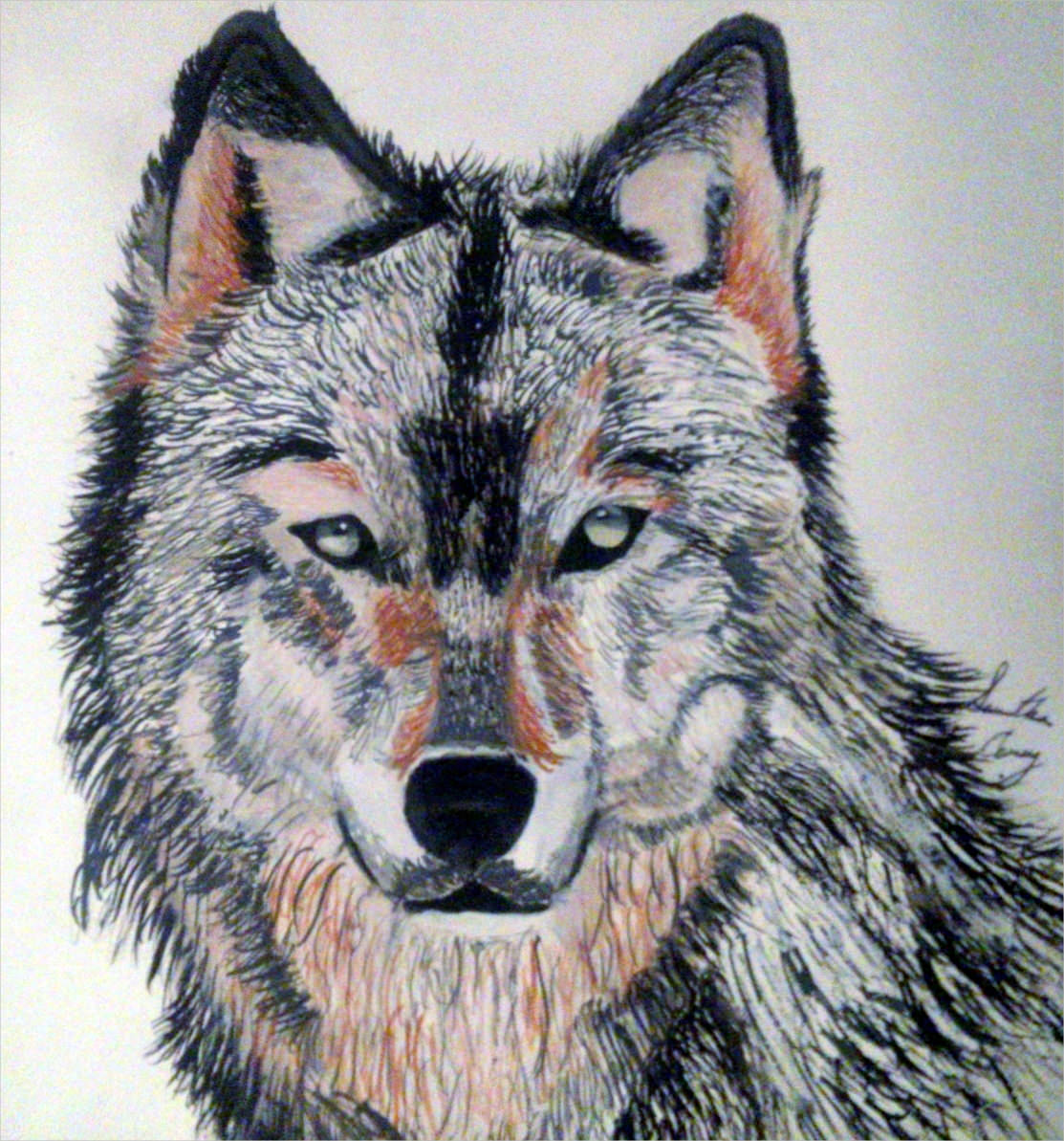
Understanding the Anatomy of a Wolf
Before you start drawing a wolf, it is essential to have a basic understanding of its anatomy. Wolves have distinctive features such as their sharp eyes, pointed ears, and powerful body structure. Take some time to study references and observe the proportions and details of a wolf's body to ensure accuracy in your drawing.
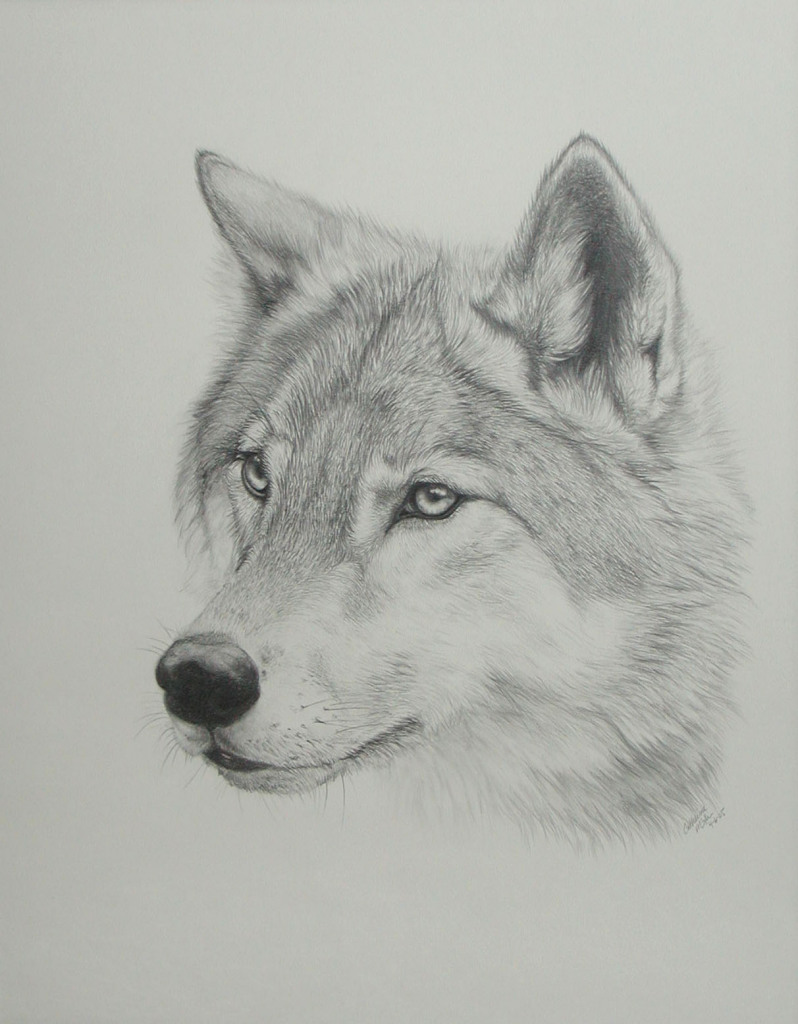
Choosing the Right Drawing Materials
The choice of drawing materials can greatly impact the outcome of your wolf drawing. Consider using graphite pencils or charcoal for creating realistic gray-scale representations, or opt for colored pencils or pastels if you prefer to add vibrant hues to your artwork. Experiment with different materials to find the ones that best suit your style and desired effect.

Starting with Basic Shapes
Begin your wolf drawing by sketching basic shapes to establish the overall structure of the animal. Use circles and ovals to outline the head, body, and limbs. This step will serve as your foundation, allowing you to refine the details and add depth as you progress.

Adding Details and Textures
Once you have the basic framework in place, it's time to focus on adding details and textures that will bring your wolf drawing to life. Pay attention to the wolf's fur patterns, shading, and muscle definition. Utilize various stroke techniques to create realistic textures, such as short, quick strokes for fur and smooth, gradual shading for shadows.

Emphasizing the Eyes
The eyes are often considered the windows to the soul, and they play a crucial role in capturing the essence of a wolf. Dedicate extra attention to the eyes, as they can convey the wolf's personality and emotions. Focus on capturing the intensity and depth of the eyes, using shading and highlights to add a sense of realism and vitality.

Creating a Dynamic Composition
Consider the composition of your wolf drawing to ensure a visually pleasing and engaging artwork. Explore various poses and angles to give your drawing a sense of movement and dynamism. Experiment with different perspectives and incorporate elements from the wolf's natural habitat to enhance the overall impact of your illustration.
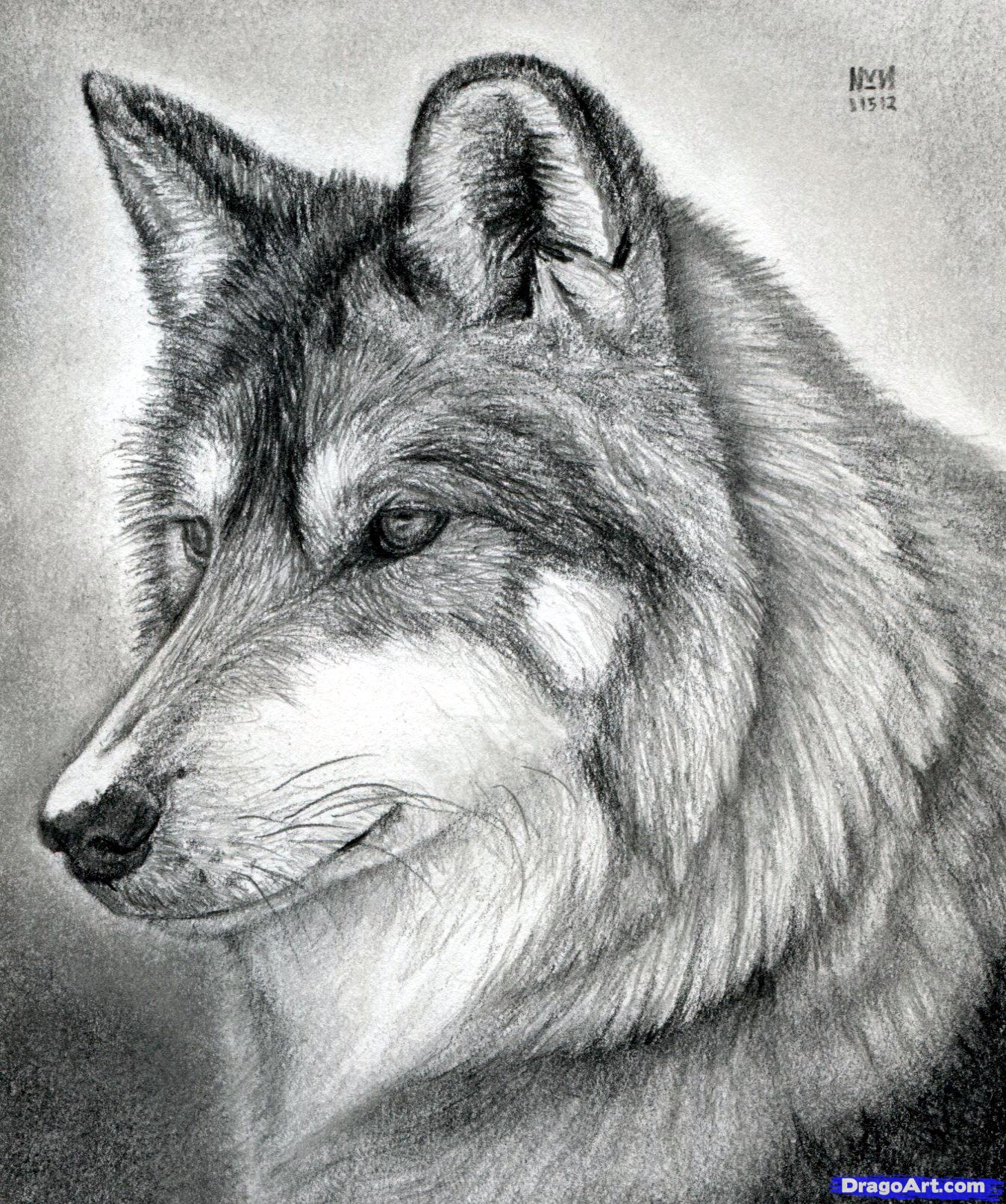
Mastering Light and Shadow
Understanding the play of light and shadow is crucial in creating a three-dimensional effect in your wolf drawing. Observe the direction of light sources and use shading techniques to add depth and volume to your artwork. Experiment with different levels of contrast to create a more dramatic or subtle effect, depending on your desired outcome.
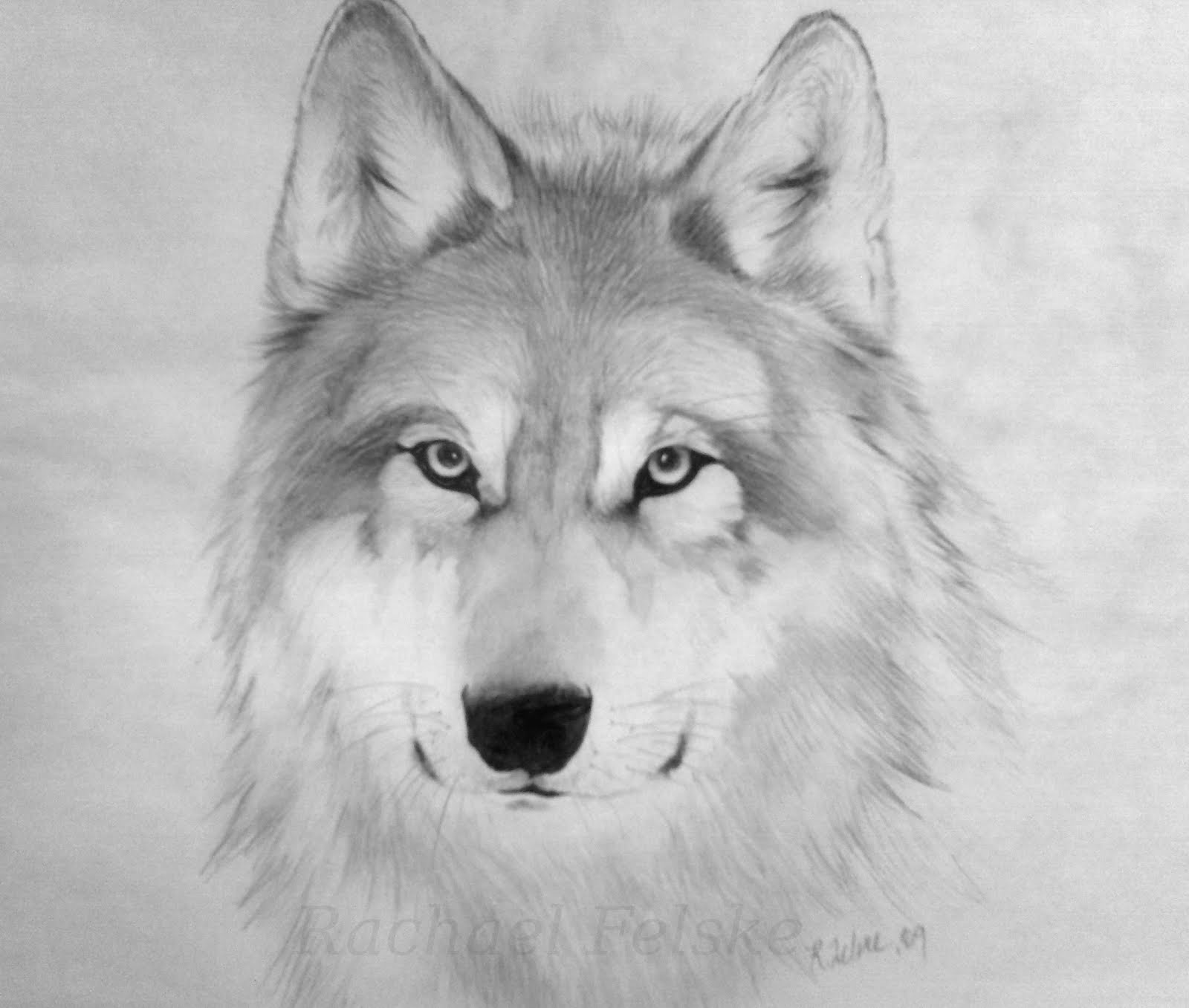
Exploring Different Styles
There are various styles of wolf drawing, ranging from realistic to abstract interpretations. Take the time to explore different artistic styles and find one that resonates with your personal preferences. Whether you prefer highly detailed illustrations or minimalist, expressive sketches, experimenting with different styles can help you develop your unique artistic voice.
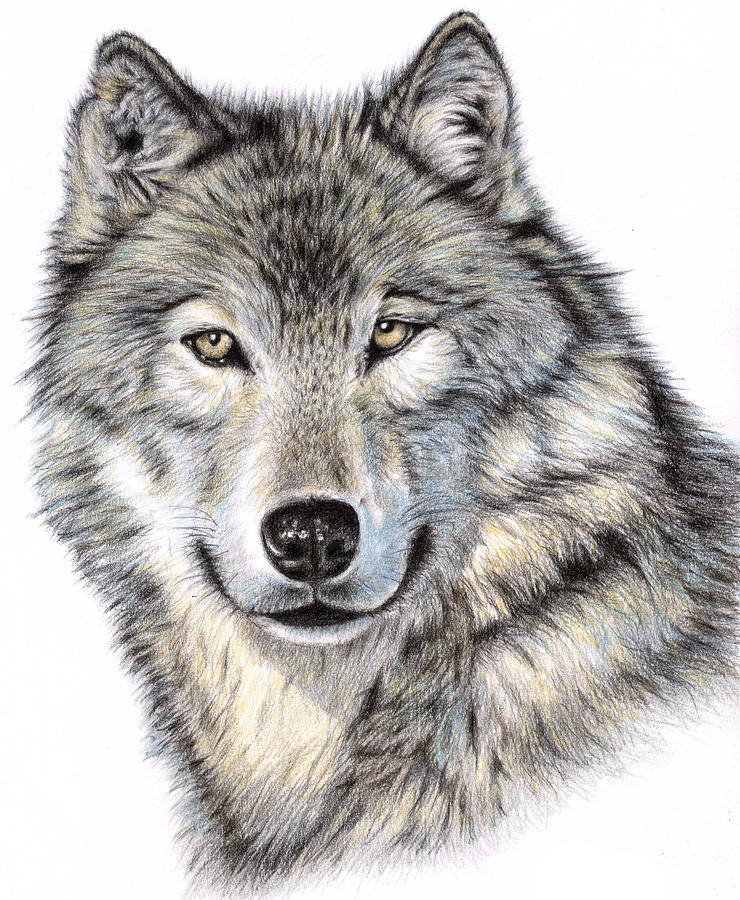
Seeking Inspiration from Other Artists
Looking at the work of other talented artists can provide inspiration and guidance for your own wolf drawings. Study the techniques and approaches used by established artists in the field, and try incorporating some of their ideas into your own artwork. However, always remember to add your personal touch and bring your own creativity to the table.

Practicing and Patience
As with any skill, practice is key to improving your wolf drawing abilities. Set aside regular time for drawing and embrace the process of learning and experimentation. Don't get discouraged by initial results; instead, view every drawing as an opportunity to learn and grow. With patience and dedication, you will see your skills progress over time.
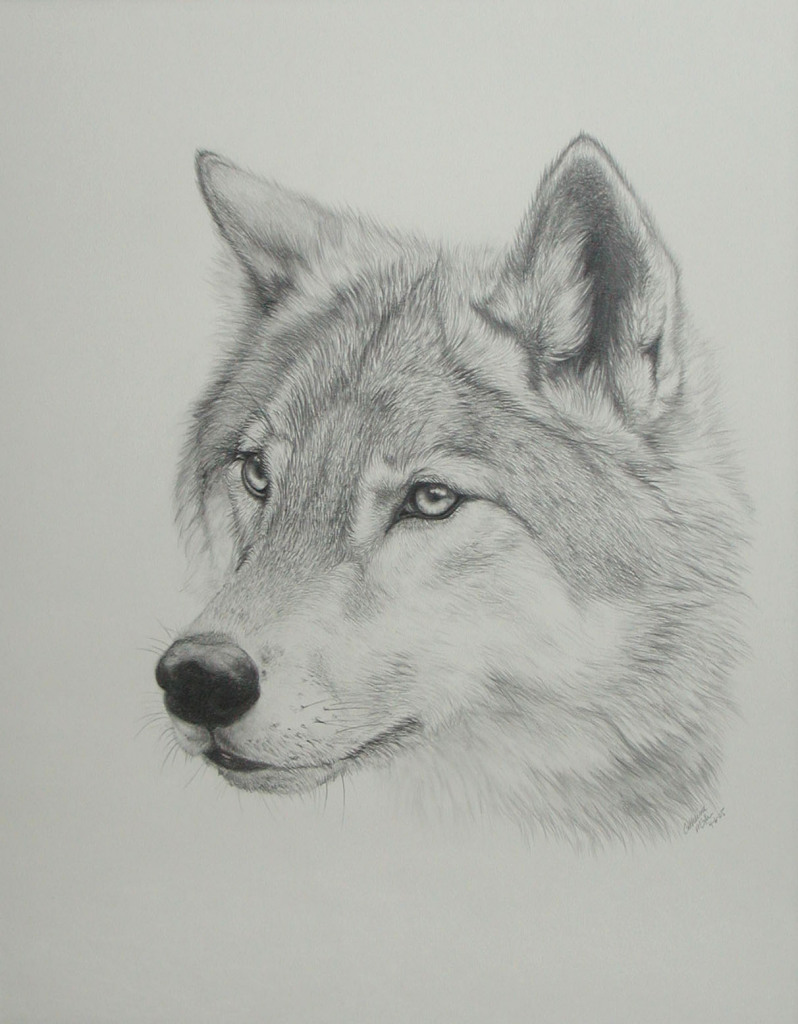
Conclusion
Wolf drawing is a captivating art form that allows you to express your creativity while appreciating the beauty and symbolism of these majestic creatures. Remember to study the wolf's anatomy, choose the right materials, and focus on details and textures to create a stunning representation. Embrace your unique style, seek inspiration from others, and most importantly, practice regularly. With time and dedication, you can master the art of wolf drawing and create impressive illustrations that capture the essence of these remarkable animals.